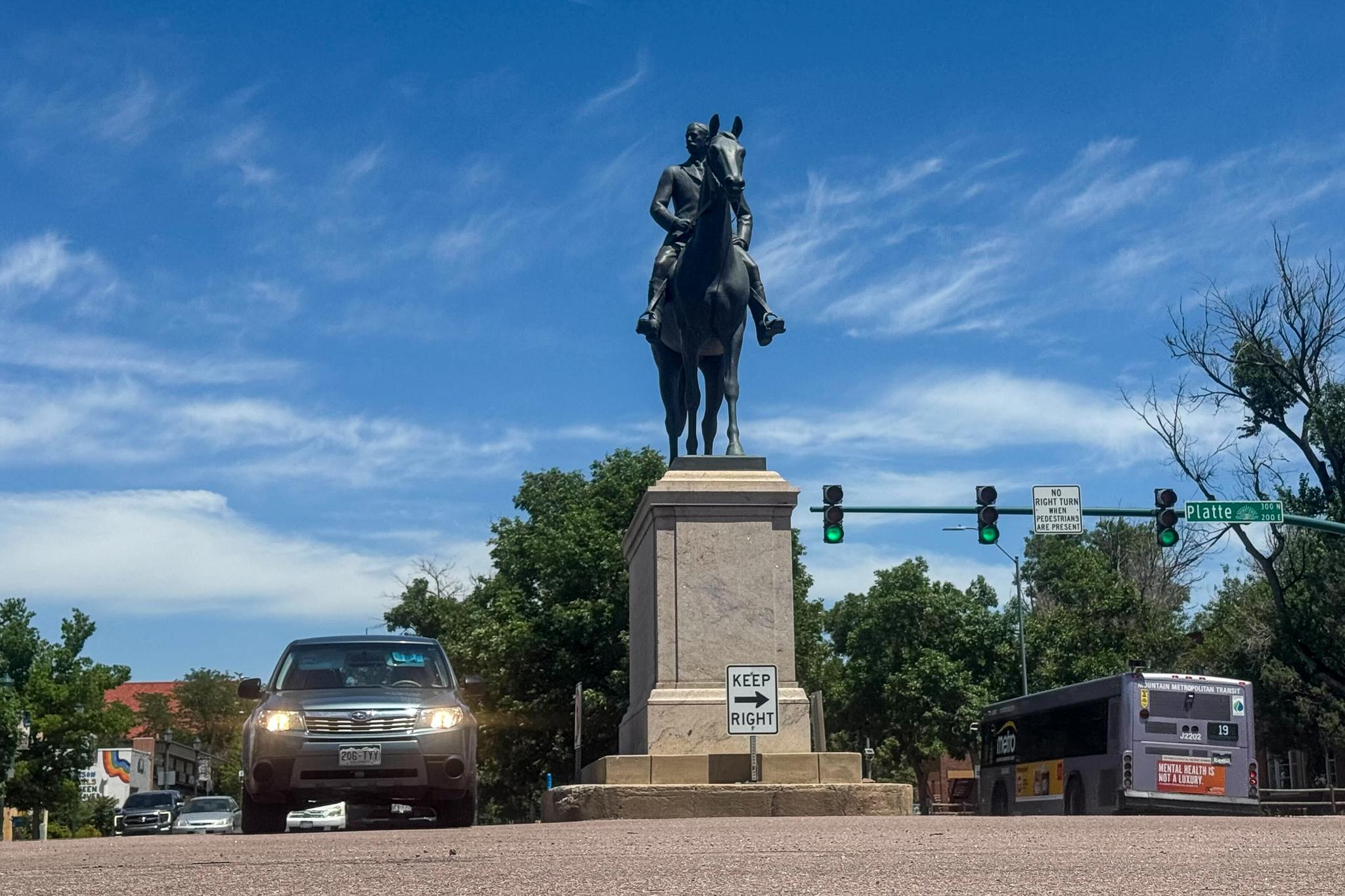Current drought conditions in southeastern Colorado are not likely to improve without significant, consistent precipitation. KRCC’s Eliza Densmore reports.
The heaviest, wettest snow usually falls in Colorado in March and April. Jennifer Stark is the Meteorologist in Charge at the National Weather Service Office in Pueblo. She says although this March has had more precipitation than last March, relief from drought conditions is not likely.
"The snow is great and it really helps the soil moisture when it melts because it usually melts slowly and there’s less evaporation but we need probably four or five big snows really to help get us back to where we need to be."
Stark also says it takes around ten inches of snowfall to equal one inch of rainfall. Charts from the Natural Resources Conservation Service website show current snowpack in the Arkansas River Basin at about 25% below average levels.
The latest forecast from the U.S. Drought Monitor suggests drought conditions across most of Colorado are likely to "persist or intensify" through June.
For a larger image of the above map, click here.
For more maps and graphs from the Natural Resources Conservation Service, click here.









